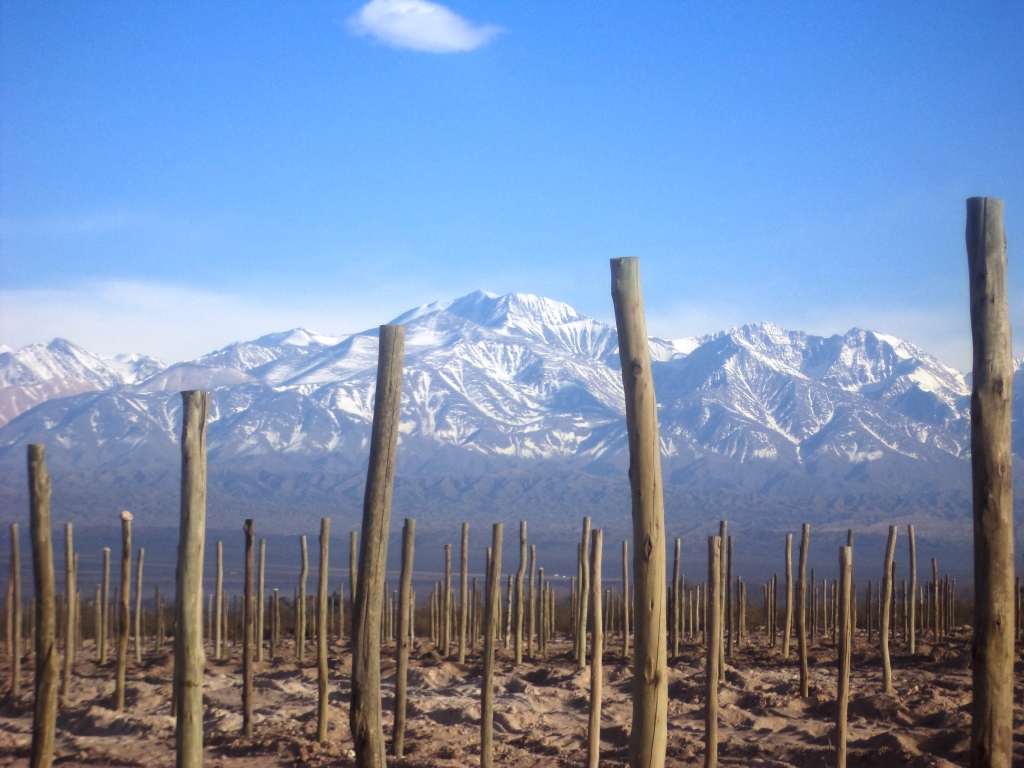DO Luján de Cuyo (Argentina)

Lujan de Cuyo is a wine-producing sub-region of Argentina’s largest viticultural area, Mendoza. Located in a valley just south of Mendoza City itself, the Lujan de Cuyo region is home to some of the most famous names in Argentinean wine, including Catena Zapata, Bodega Septima and Cheval des Andes. Unsurprisingly, Malbec is the region’s most-important grape variety, producing bold, intensely flavored red wines.
The small town of Lujan de Cuyo is on the northern banks of the Mendoza River, and it is from here that the viticultural area of the same name stretches south for roughly 20 miles (32km) between the Andes Mountains in the west and the Lunlunta hills in the east. The region was the first in Argentina to be officially recognized as an appellation in 1993, and includes the wine-producing zones of Vistalba, Las Compuertas, Perdriel, Agrelo and Ugarteche. Maipu lies directly east of Lujan de Cuyo and the Uco Valley is to the south.
Lujan de Cuyo’s position on the edge of the imposing Andes mountain chain has an enormous effect on the terroir. The hot, dry climate is moderated by the high altitude of the region, averaging about 3300ft (1000m) above sea level. At this altitude, the vineyards are subject to more-intense solar radiation during the day than lower-lying areas, but this is balanced by evening temperatures that are considerably lower, cooled by alpine winds from the Andes. This diurnal temperature variationslows ripening overnight, extending the growing season and ensuring the grapes develop full phenolic ripeness without losing their acidity.
Lujan de Cuyo is in the rain shadow of the Andes and thus experiences a dry, almost desert-like climate. The Mendoza River makes viticulture possible here: the pure Andean meltwater that it brings to the valley provides an abundant source of water for irrigation. Flood irrigation is the traditional method in Lujan de Cuyo, but more and more vignerons are turning to drip irrigation for greater control over the growth of the vines.
The soils of Lujan de Cuyo are also heavily influenced by the proximity of the Andes Mountains. Alluvial soils have been deposited in the area by rivers over thousands of years. These rocky, sandy soils have little organic matter due to their origin high in the mountains, and their low fertility makes them perfect for viticulture because it stresses the vines. Stressed vines will produce less vegetation and smaller berries, which develop more-concentrated flavors due to the lack of water in the ground.
While Malbec is king in Lujan de Cuyo, excellent wines are also produced here from Cabernet Sauvignon, Chardonnay and Torrontes.
